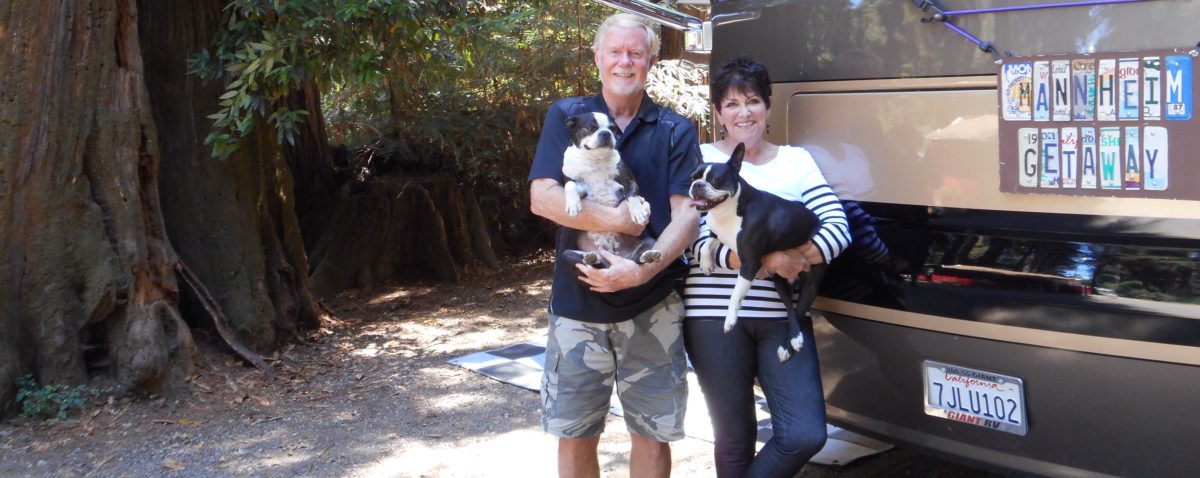Like a number of things in the U.S. Constitution, the Electoral College method of electing a President has not aged well.
Way back in 1788, when the Founding Fathers finished crafting our Constitution, there were only 13 States in the Union, all along the eastern seaboard, African-Americans were considered property rather than human beings, and Native Indians had no rights. New York City (90,000), Philadelphia (28,000) and Boston (18,000) were some of the few “urban” areas in the new Nation; most of the rest of the population resided in rural areas.
The idea of electing a President not by popular vote but by the Electoral College system was to give the rural States some say in Federal governance. This ran contrary to the idea of “majority rules”, which is the basis of democracy, but the Electoral College compromise was necessary to achieve adoption of the Constitution by all 13 States.
Another feature of the Constitution, based upon the same concept, is that each State, regardless of its population, has two Senators.
And, so, from the very beginning of our United States of America there has been disconnect between Federal political power and the idea of “one man, one vote”: the smaller, less populous States have held a disproportionate role in deciding national policy and Presidential races.
Because the Founding Fathers originally devised this system doesn’t make it a good fit for today’s realities. As the Nation grew, and attitudes changed, so did the Constitution. A Bill of Rights (i.e. the first ten amendments) were added in 1791, providing citizens with many of the freedoms that we enjoy today. Subsequent amendments to the document included civil rights for African Americans and Native Americans as well as the right of women to vote.
The idea that the Electoral College scheme can’t or shouldn’t be changed because that’s what the Founding Fathers wanted makes about as much sense as saying that women shouldn’t be allowed to vote.
Try convincing your wife of that.
The problem that we have now with the Electoral College system (and, frankly, with the allocation of two Senators to each State) is that the demographics of America have changed dramatically in the past 232 years. We are much more urban in nature, meaning that most of our people live in cities, most of our economy is produced in cities, and the culture of America is heavily influenced by city life. Population and gross domestic product is concentrated in large urban metropolitan complexes. They are, like it or not, the drivers of our society.
In fact, three of our most populous and economically viable States (California, Texas and Florida) weren’t even contemplated back in 1788. Those three States are the trend-setters in 2020!
Let’s compare a large, populous State, like California, with a small, rural State like Wyoming. California is home to 40 million people and has the 5th largest economy in the world. Wyoming has a population of about a half million and a GDP that is about one percent of that of California. Despite this disparity, each State has two U.S. Senators. This means that each Wyoming Senator represents about 250,000 citizens while a California Senator represents 20 million people. Each of those Senators has equal power in Washington D.C.
Hardly the “one man, one vote” standard that the Supreme Court has ruled should define democracy in these United States!
This Constitutionally manufactured anomaly rears its ugly head in the Electoral College, as every State is entitled to two Electoral votes minimum (per the two Senators) and the rest of the Electoral votes are apportioned on the basis of population.
This gives small, rural States a disproportionate role in Electoral politics.
For example, 29 States that comprise about 27 percent of the U.S. population are entitled to 165 Electoral Votes, which is 61 percent of the amount (270) required to elect the President. That’s right: 27 percent accounts for 61 percent! What happened to “democracy”? What about “majority rules”?
In almost all States, the winner of the popular vote for President in that State is entitled to ALL of the Electoral Votes of that State, even if the “winner” beats the “loser” by one vote. It’s called “Winner Take All”, and it’s another way that the Electoral College system is skewed against democracy (i.e. “one man, one vote”).
Having a candidate for President win the national popular vote, but lose the all-important Electoral College vote, is not only possible but…it’s happened several times! In fact, five individuals, including Donald Trump, lost the popular vote but won the Presidency via the Electoral College vote. (Trump actually lost the popular vote by 3 million to Hillary Clinton in 2016! That’s a record.)
Under the Electoral College voting system as it stands, it would be theoretically possible for a candidate to win the popular vote by 20 or 30 million and still fail to achieve the 270 electoral votes need to gain the Presidency.
Something is very wrong with such a system.
It is the same problem that manifests itself in the U.S. Senate, where it is possible, and happens a lot, that Senators from States representing one-quarter of the U.S. population basically decide national policy impacting the other three-quarters of the Nation. Those Senators also have the power to confirm Justices to the Supreme Court, which are lifetime appointments.
That is an inordinate amount of power vested in individuals who represent only a fraction of the U.S. population.
It’s not right and should be changed.
When all is said and done with the 2020 election, Joe Biden will have beaten Donald Trump by almost 7 million votes nationwide. However, with a change of less than 100,000 votes distributed in a few key states, President Trump would have been re-elected.
That’s the problem with the Electoral College scheme.
Let’s face it, the Founding Fathers fucked up.
